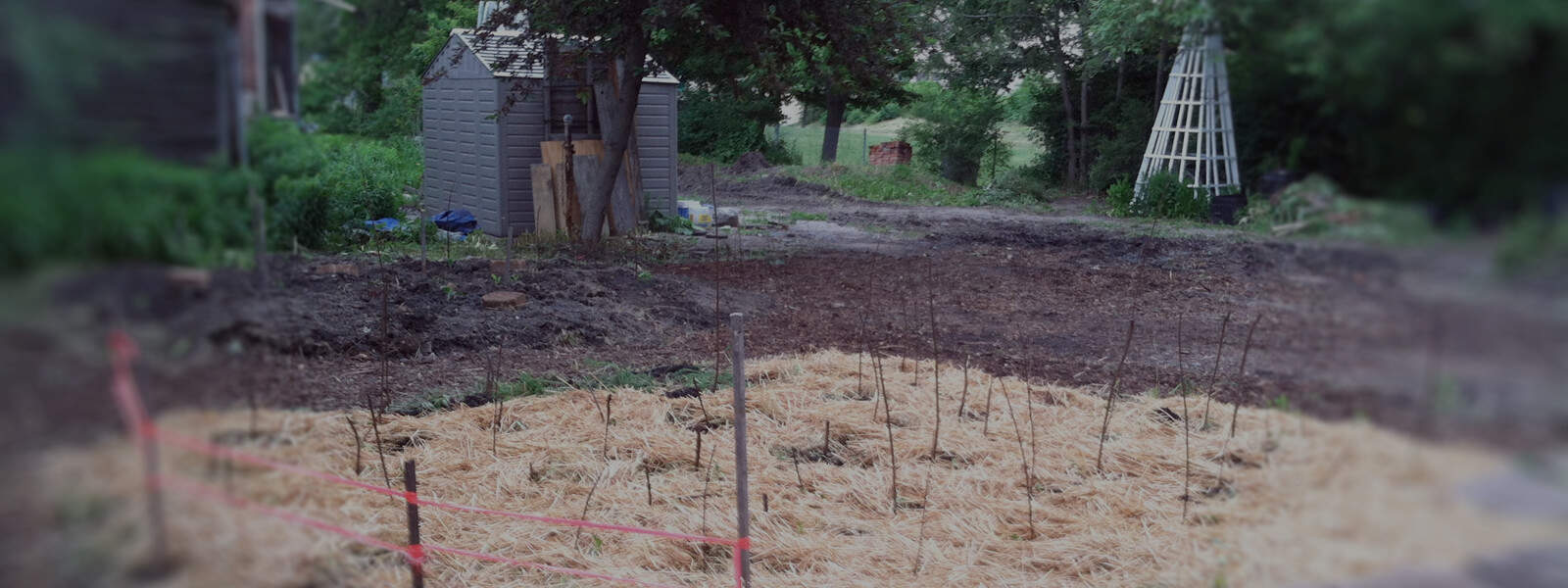by Theodore Kozerski
There are many groups and individuals in Detroit committed to the renewal and rebuilding of the city on different levels and many speak of Detroit as a “post-industrial” environment. However, the majority of the land either retains the byproducts of the industrial past, or is the stomping grounds of active and toxic industrial mechanisms. Current mechanisms include one of the U.S.’s largest trash incinerator, Koch Carbon owned petroleum coke deposits via tar sands operations in Alberta on the shore of the Detroit river, and many other large scale manufacturing and industrial districts. Bioremediation has yet to be fully approached in the city and is especially indispensable with the growing trend of agriculture and land re-purposing in this predominantly industrial environment, primarily when attempting to gain land and food autonomy without hav- ing to rely on imported and costly “clean” soil. This is also worth noting considering the collapse of the automotive industry as well as the historic and present struggle against predominantly race and class inequalities.
In 2006, Wayne State University Archaeology began excavations behind the Workers Row House (WRH), a working-class wooden tenement built about 1850, on 6th Street in the heart of old Corktown, Detroit, MI. Generally speaking, archaeologists return a site to its original condition following excavation. Transforming that archetype, and revitalizing this space, will culminate in a neighborhood house museum in the near future and has served as a launch pad for other bioremediation efforts by providing a hub where members of the community can freely take and propagate established plants and other processes for use on their own sites.
Starting in 2010, the initial approach to the brownfield area was layered organic material covering the majority of the exposed soil. Half the site was planted with several varieties of sunflowers, mus- tards, tomatoes, buckwheat and other annuals were heavily seeded to address metals present and to aid in the increase in biological activity. Compost tea and water soluble mychorrhyzal fungi was applied every month to the whole. The following year was left fallow and heavily mulched with straw for the winter. This past season of 2013 had king stropharia and white elm started, a repeat of variety of annuals and planting perennials that served as many functions as possible to achieve a broad spectrum approach for distribution. Some perennials with deep roots to break up hardpan, accumulators, mulch/green manure crops others to attract and increase overall life at the site. While this site is not a standard example of soil makeup the majority of the city’s landscape is experiencing, this site did create an unique opportunity to build a functional public forum that would draw attention to the cultural history of the working-class heritage of Corktown and Detroit; simultaneously, serving as a social environment to recognize the industrial past and present, while realizing the processes of bioremediation for the future.
